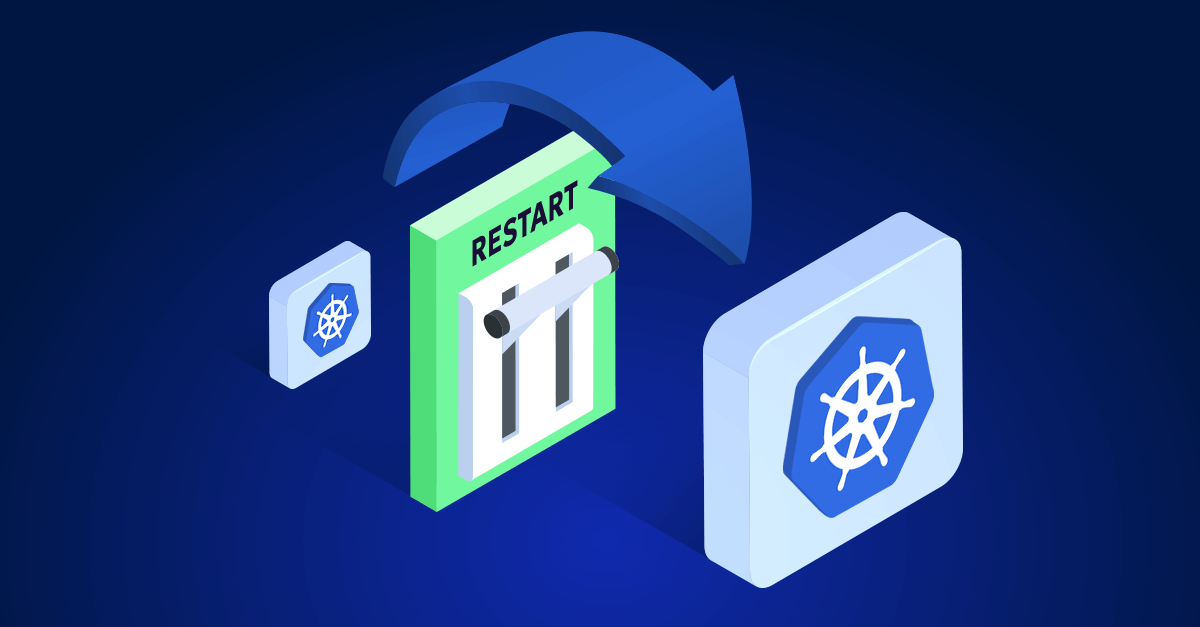Why Storage Elasticity is a Challenge in Kubernetes
Kubernetes (K8s) is renowned for its scalability when it comes to applications, but storage is often left behind in the equation. The challenge lies in the fact that most traditional storage volumes in Kubernetes are static and need manual resizing. As your applications grow, so do their data storage needs, but without storage elasticity solutions, volumes may reach capacity, leading to performance degradation, service disruptions, or even complete outages.
This problem becomes even more severe in dynamic environments where the demand for storage can fluctuate unpredictably. Without a flexible storage solution, your operations team will constantly need to monitor and adjust volumes manually, a process that is both time-consuming and error-prone.
How Teams Typically Handle Storage
1. Over-Provisioning: Safe, But Not Smart
One method is over-provisioning, where teams allocate more storage than is currently needed to avoid running out. While this offers some buffer, it creates inefficiencies, inflates cloud costs, and doesn’t solve the problem of adjusting to fluctuating storage demands.
2. Using Elastic File Systems: Flexible, But at a Price
AWS Elastic File System (EFS) provides some degree of flexibility by scaling automatically as storage needs change. However, as an AWS-native service, EFS comes with unpredictable costs, especially when storage usage spikes unexpectedly.
3. Manual Resizing: The Workaround with Hidden Costs
A common solution is to resize storage volumes manually when they are near capacity. This involves extending Persistent Volumes (PVs) in Kubernetes. Automation via scripts or Kubernetes operators helps mitigate this issue, but there’s a significant downside: the system can only expand storage, not shrink it. This often leads to over-provisioned, unused storage that drives up costs. The other obvious downside with a manual solution is that it is manual, meaning someone has to figure out there’s a problem and handle it manually.
4. Automating Storage Management: Build Your Own Controller
If you want to take automation a step further, you can build your own Kubernetes controller that runs inside the cluster and manages storage dynamically. By developing a custom controller, you can automate disk usage monitoring and automatically trigger resizing when your Persistent Volumes reach a certain threshold.
For instance, you can set up the controller to monitor the disk usage of active persistent volumes, and when a volume hits a threshold like 60% of disk space usage, it can issue an update to the Persistent Volume (PV) object, automatically increasing the volume size.
Here’s how you can get started:
- Monitor Disk Usage: The first step would be to monitor PV storage utilization which can be done with various monitoring solutions.
- Enable Dynamic Expansion: Make sure your storage class has the “allowVolumeExpansion” flag set to true, and ensure the CSI driver you’re using supports volume expansion. For example, if you’re using AWS and the EBS CSI driver, you’ll be able to extend volumes dynamically.
To dive into building your own controller, I recommend using the Kubebuilder book. It’s an excellent resource to help you get started with writing your first controller and deploying it inside your Kubernetes cluster.
A Better Way: Achieve True Elasticity with Zesty Disk
While creating your own controller is a viable solution, there are still limitations—most notably the inability to shrink storage when it’s no longer needed. This is where Zesty Disk shines. Unlike traditional solutions or custom-built controllers, Zesty Disk not only automates storage expansion but also introduces true elasticity, allowing storage volumes to shrink as demand decreases.
How Zesty Disk Works:
1. Seamless Integration with Cloud-Native Storage
Zesty Disk integrates directly with your existing cloud storage providers, such as AWS Elastic Block Store (EBS), without disrupting your current setup. It creates a virtual disk consisting of multiple smaller volumes, which Zesty Disk manages behind the scenes. Your data remains unchanged, and you retain full ownership, while Zesty handles all storage allocation tasks.
2. Continuous Monitoring and Real-Time Insights
Zesty Disk constantly tracks storage metrics such as capacity, IOPS, and read/write throughput. This real-time tracking, combined with metadata (like disk type and instance type), is sent to Zesty’s backend for processing. Zesty Disk uses this data to maintain an accurate understanding of your storage usage patterns.
3. AI-Powered Predictive Profiling
The AI engine behind Zesty Disk analyzes this data to create a behavioral profile of your storage usage. By predicting fluctuations in storage demand, Zesty ensures that your volumes always have the right amount of IOPS and throughput, adjusting dynamically as needs change. During high-demand periods, storage expands automatically, and when demand drops, Zesty shrinks the storage, preventing over-provisioning.
4. Optimized File System Management
Instead of relying on one large volume, Zesty Disk breaks down storage into smaller, manageable volumes. For example, rather than having a single 100 GB volume, Zesty may split it into smaller volumes like 50 GB, 35 GB, and 15 GB. This level of granularity allows Zesty Disk to optimize storage based on real-time usage, reducing waste and keeping costs in check.
5. True Elasticity: Expand and Shrink as Needed
Unlike traditional solutions, which only allow storage to expand, Zesty Disk offers true elasticity by also shrinking volumes when storage is no longer needed. This capability ensures that you’re always right-sized for your workloads, preventing unnecessary costs associated with unused storage.
By leveraging Zesty Disk, teams no longer need to manually manage storage or worry about over-provisioning. The combination of real-time tracking, AI-driven optimization, and bidirectional scaling (up and down) makes Zesty Disk the perfect tool for dynamic Kubernetes environments.
Achieving Storage Scalability and Efficiency
Managing Kubernetes storage doesn’t have to be complicated. While traditional solutions—such as manual resizing, over-provisioning, or elastic file systems—address parts of the problem, they often introduce inefficiencies or hidden costs. Whether you choose to build your own controller or opt for Zesty Disk, automating both expansion and contraction of storage is the key to aligning your storage with real-time needs.With Zesty Disk, you’re not just automating storage management—you’re embracing true elasticity. This provides the flexibility to scale up and down as needed, ensuring optimal performance and cost-efficiency for your Kubernetes environment. Whether handling fluctuating workloads or planning for long-term storage needs, Zesty Disk offers the ideal solution to maintain storage efficiency and scalability.










